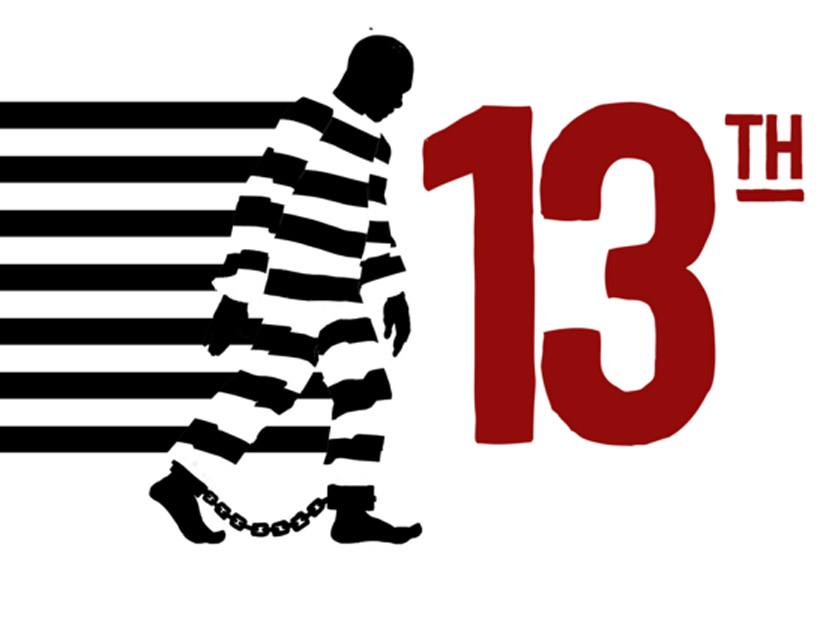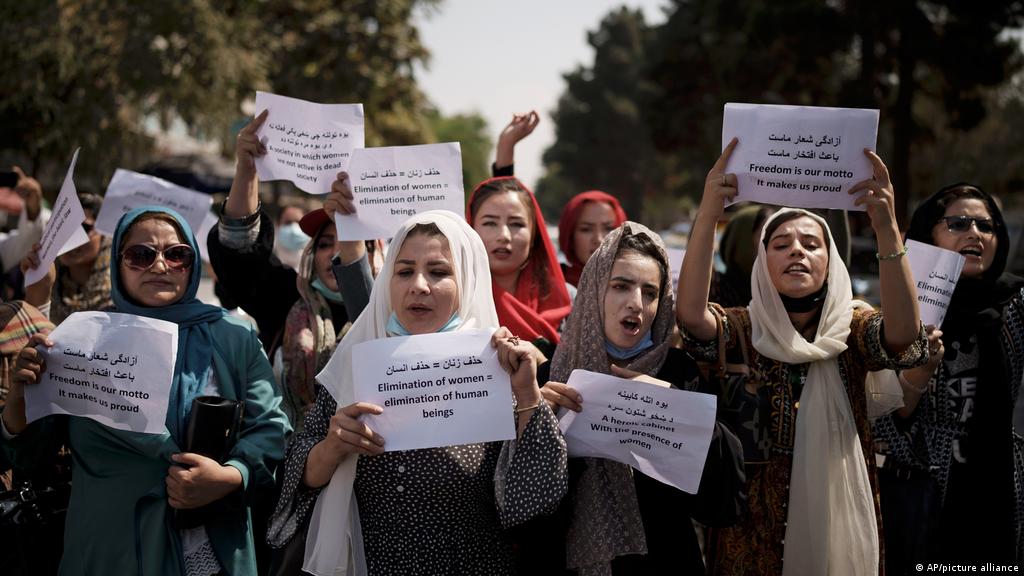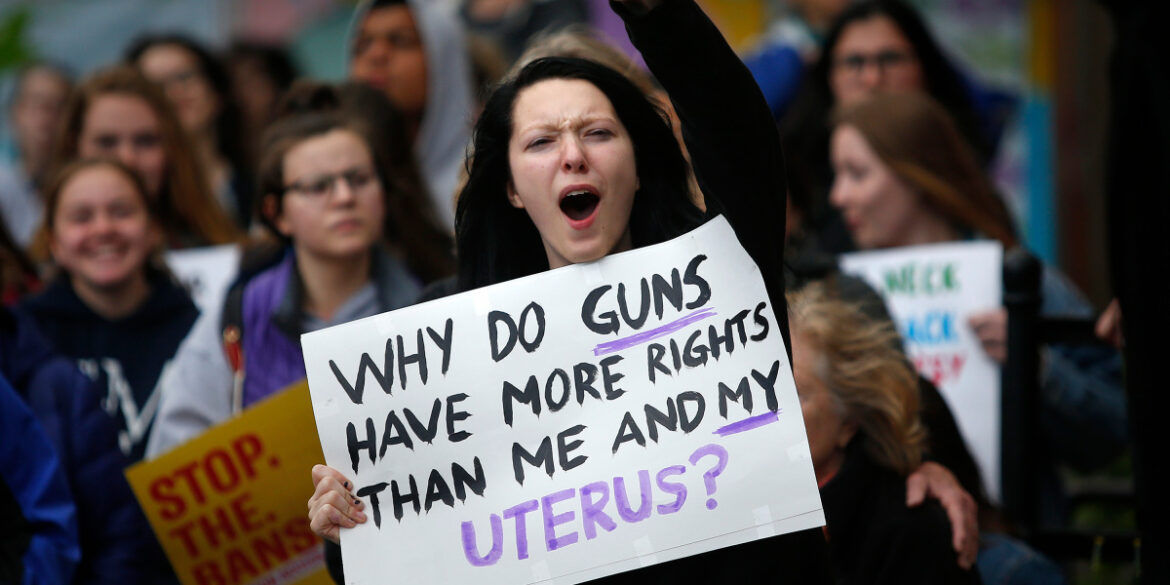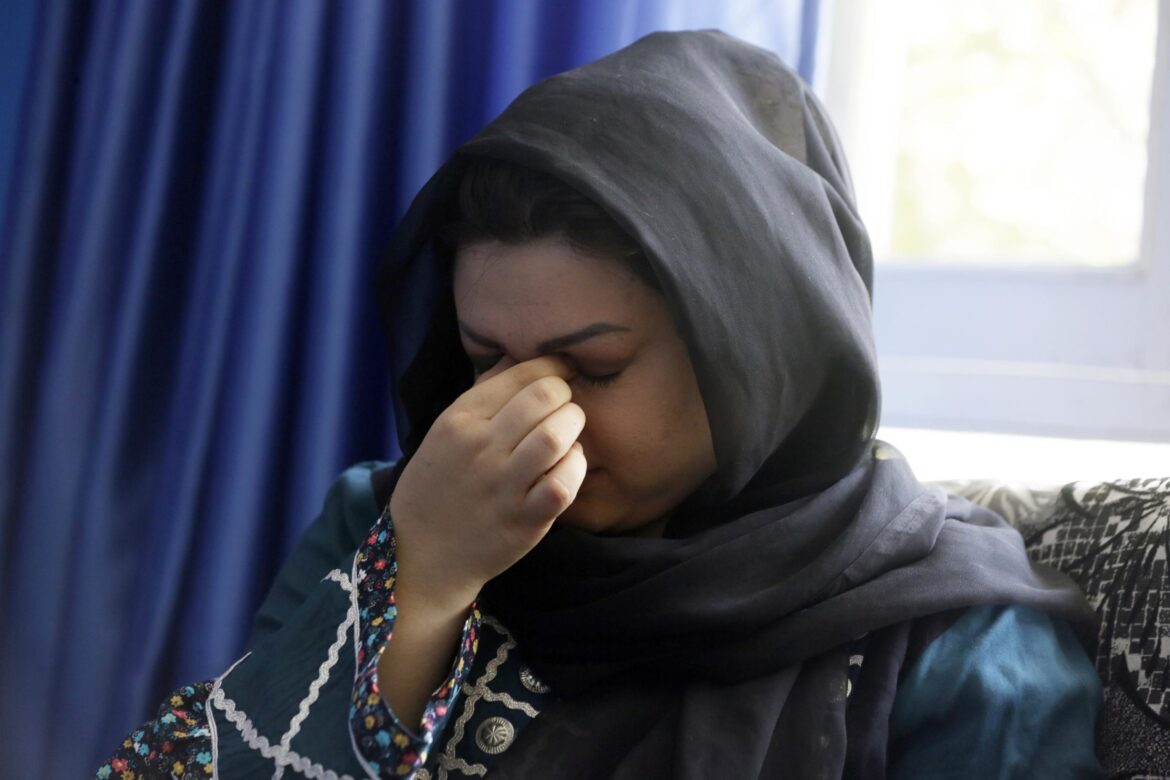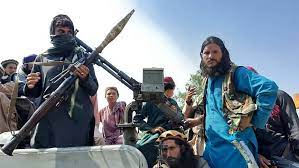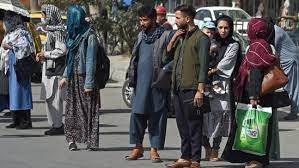By Arthita Banerjee
Haben, is a truly inspiring memoir of a remarkable woman who despite being born deaf and blind, refused to let her disabilities define her, and instead pursued a path of education and advocacy that culminated in her becoming the first deafblind person to graduate from Harvard Law School.
Throughout the book, Girma weaves together personal anecdotes with her reflections on disability, justice, and the power of community. One story that stands out is her description of an incident where she was excluded from a school field trip due to her disability. Girma recalls feeling frustrated and angry at the time, but it was this experience that inspired her to become an advocate for disability rights. “I remember feeling so left out and so excluded, and I realized that this was a problem that went far beyond just me,” she writes. “It was a problem with the way our society was structured, and I knew I wanted to do something to change that.”
As Girma pursued her education and career, she faced countless obstacles and challenges related to her disability. One of the most significant of these was navigating the legal system as a deafblind person. Girma describes the frustration of trying to access court documents and legal briefs that were not available in accessible formats, and the discrimination she faced from judges and lawyers who did not understand her needs. “I was constantly having to fight for my rights and advocate for myself,” she writes. “It was exhausting, but it also made me even more determined to use my education and my voice to make a difference.”
One of the most striking aspects of Girma’s writing is her ability to convey the sensory experiences of living as a deafblind person. She describes the way her other senses, such as touch and smell, have become heightened as a result of her disabilities, and the way she has learned to navigate the world using tools like tactile sign language and braille. These descriptions give readers a glimpse into a world that is often invisible and marginalized, and serve as a reminder of the importance of creating a more inclusive society. In interviews promoting the book, Girma has spoken about the power of community and the importance of finding allies who are willing to fight alongside you for justice and equality. She recounts an incident where a group of students at her high school learned sign language to communicate with her, a gesture that made a huge impact on her sense of belonging and connection. “It was such a simple thing, but it meant the world to me,” she says. “It showed me that people were willing to make an effort to include me, and that made all the difference.”
But what is perhaps most impressive is the way Girma turns her personal experiences into a call to action. She urges readers to think critically about the way our society is structured and to work towards creating a world that is more accessible and equitable for all. As she writes, “Disability is not just an individual problem. It is a societal problem, and it requires a societal response.”
Girma’s advocacy work has not gone unnoticed. In 2013, she was appointed to the White House Fellowship program, where she worked in the Office of Public Engagement and Intergovernmental Affairs. During her time there, she worked on issues related to disability rights and inclusion, and she continued to advocate for these issues after leaving the fellowship.
Overall, Haben, is a powerful and inspiring memoir that offers readers a unique perspective on the challenges facing people with disabilities in our society. Girma’s writing is both easy-flowing and incisive, offering readers a clear and compelling narrative of her journey towards becoming a lawyer and advocate for disability rights. Through her story, Girma reminds us of the importance of resilience, determination, and community in the face of adversity. One can’t help but feel a sense of admiration and respect for Haben Girma and her unwavering commitment to justice and equity for all. Her story is a testament to the power of perseverance and the potential for individuals to create real change in the world.



